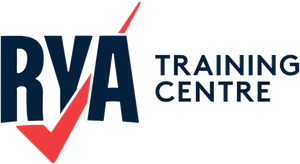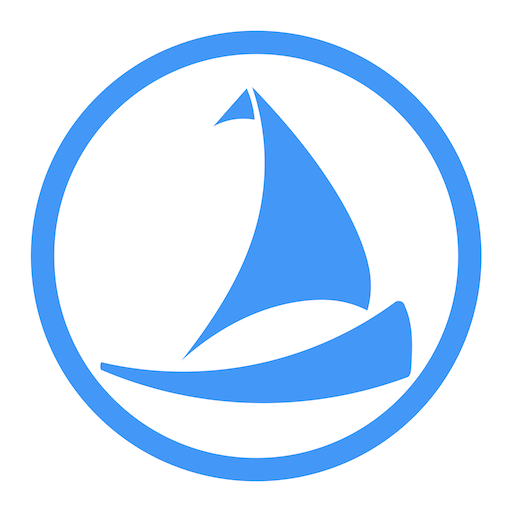Navigation Lights
A system of coloured and white lights displayed on a vessel to indicate its position, heading, and status to other vessels, especially during low visibility or nighttime.
Navigation lights are an essential safety feature on all vessels, from small recreational boats to large commercial ships, and are mandated by international maritime regulations, such as the International Regulations for Preventing Collisions at Sea (COLREGs). These lights serve as a visual communication system, allowing mariners to determine the presence, direction, and type of nearby vessels, thereby reducing the risk of collisions. The standard configuration includes a red light on the port (left) side, a green light on the starboard (right) side, and a white stern light at the rear. Larger vessels and those engaged in specific activities, such as fishing or towing, may display additional lights to indicate their operational status or restricted manoeuvrability.
The placement and visibility range of navigation lights are carefully defined based on the vessel’s size and type. For instance, sidelights (red and green) must be visible over an arc of 112.5 degrees, while the stern light must cover 135 degrees. Masthead lights, which are white and positioned above the deck, are required on powered vessels and must be visible over 225 degrees. These lights are typically visible from a specified distance, which increases with the vessel’s size, ensuring they can be seen by others in time to take appropriate action.
Proper use and maintenance of navigation lights are critical. They must be functional, clean, and free of obstructions to ensure they provide accurate information. Failure to display the correct lights can lead to misinterpretation of a vessel’s intentions, increasing the likelihood of accidents.
Side & Stern light
Probably the best-known lights, the side and stern lights allow an onlooker to determine what aspect of a vessel they are looking at.
Standard across all vessels, they divide the water around the boat into three distinct arcs. This allows the onlooker to determine which aspect they are viewing, which is critical for collision avoidance.
Masthead light
Masthead lights are only shown by power-driven vessels and always in conjunction with sidelights and a stern light. They are sometimes referred to as steaming lights, harking back to when ships were powered by sail or steam engines.
Masthead lights cover the same arc of visibility as the combined sidelights and give the onlooker an indication of the size alongside its power-driven status. Masthead lights are visible from further away than sidelights, so you will see them before you see the sidelights.
All-round light
All-round lights are self-explanatory—visible from any angle to an onlooker. They expand the vessel types that can be displayed and, for sensible reasons, are used instead of sidelights and stern lights in smaller vessels.
Under IRPCS, all-around lights provide status. Different colours and combinations can be displayed to indicate a vessel’s current situation.
Flashing & towing lights
Flashing & towing are the remaining light types in the definitions. These are reserved for more specialist applications.
A flashing all-round yellow light is displayed by hovercraft, and, given they can go anywhere, they are expected to keep out of everyone’s way.

